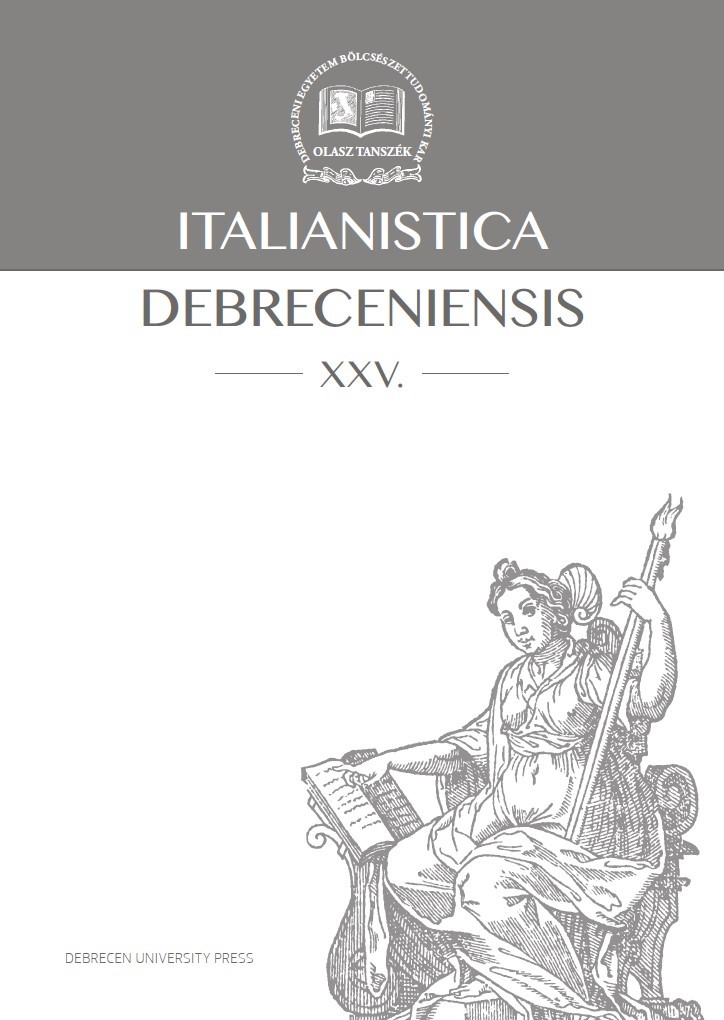Friulians in the Hungarian industry: a focus on the city of Debrecen
Author
View
Keywords
How To Cite
Abstract
Emigration played a significant role in the history of the north Italian Friuli for centuries. Since the Middle Age, Friulian emigration was characterized mainly by the movement of itinerant vendors (the so-called cramârs) to the German territories. However, the most noteworthy Friulian migration movement dates back to the fifty years preceding the First World War, when the growing labor market caused by the European industrial development required workers in enormous quantities. During these decades, the AustroHungarian Empire became the main destination of the movement, but the primacy of Austria was surpassed by Hungary in the years between 1892 and 1894. The mass migration in the area (occurring until the outbreak of the First World War) caused lasting changes in the Hungarian industry. The historical sources demonstrate that the presence of the Friulians was significant especially in some sectors, such as construction industry and meat processing. The Friulian companies active in the meat industry during this period had a profound effect on the diffusion and success of a new product: the salami. It should be emphasized that alongside Budapest and Szeged, home of the famous Pick salami, Debrecen also had a pivotal role in this process with its two factories of the Boschetti and Vidoni family and their migrant workers.

 https://doi.org/10.34102/itde/2019/5558
https://doi.org/10.34102/itde/2019/5558